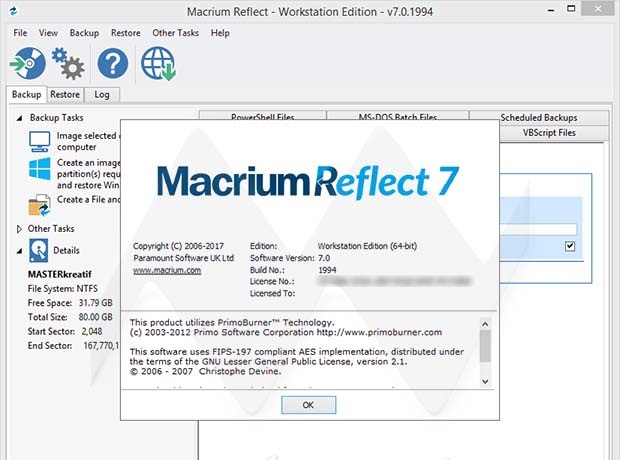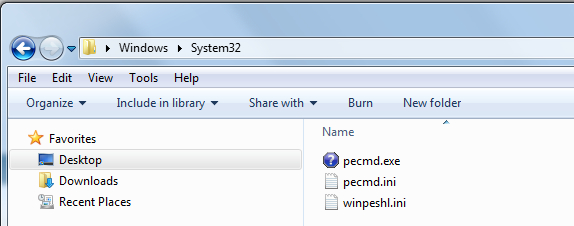
(An incremental backup copies only the files that have changed, which reduces the time it takes to do updates.) Then, you can update the backups every so often using incremental backups (a feature available in the paid version). To start, you can make full backups of your "master" drives. You can do backups using external USB 3 drives, and a backup program such as Macrium Reflect. Let me put it this way - where do I begin? I like quality and reliability. I am very much in the dark about this but I'm getting worried about all this data not being backed up. What do I need to add for a NAS backup, if that's what it is and if that makes sense for my storage. I currently have 12.04 tb on about 5 or so drives on my windows 10 desktop. I've been reading posts and I'm sure this has been asked many times before, but I'd appreciate help. However, prices are almost sure to come down over time and more systems will ship with 10G already built in. That is still rather expensive and I'm not convinced the hardware and drivers are fully mature yet. Plus a 10G router if I wanted 10G from multiple machines. I'd like to take that up to 10G at some point but I would need a controller for the NAS and my desktop. There is one downside: transfer speeds are limited by my Gigabit Ethernet connection. I make backups by syncing portions of the NAS data to bare drives plugged into a dock on my desktop which meets my needs very nicely (but may not suit others). There are many, many configuration options and other applications.

I am currently running a MySQL server on it which works great. It worked well but I'm not a huge fan of Plex. You can run various other services on it.

With four 6TB Western Digital Red drives giving me around 16TB of usable space after formatting and RAID.


 0 kommentar(er)
0 kommentar(er)
